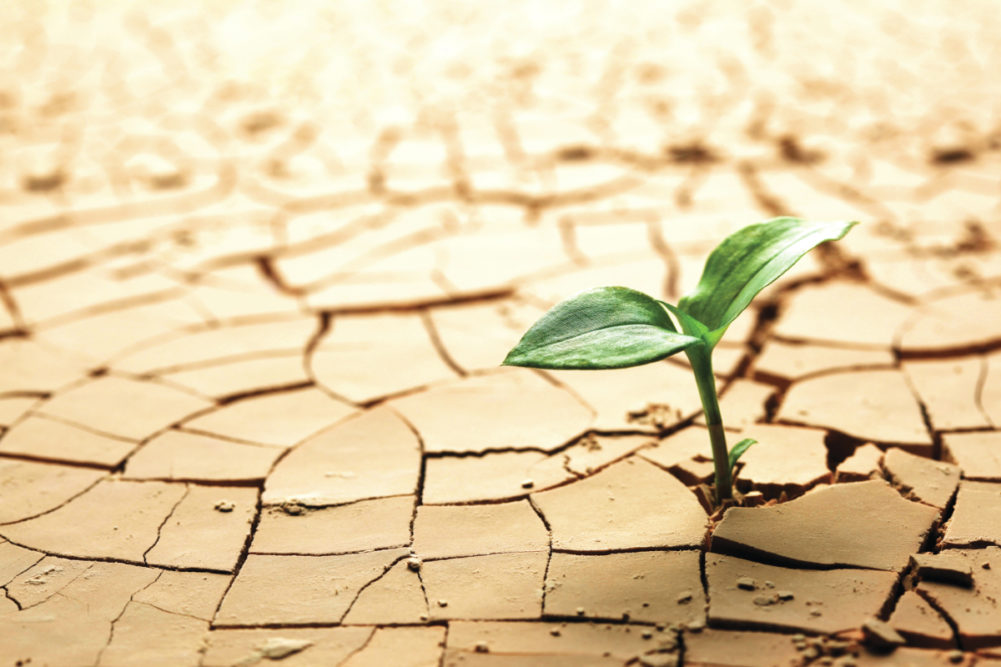CANBERRA, AUSTRALIA — Australia’s grain production and exports are expected to continue falling as the country battles multi-year drought and water issues, according to a report from the Foreign Agricultural Service of the U.S. Department of Agriculture (USDA).
The USDA estimates Australia’s 2019-20 wheat harvest to be the smallest in over a decade at 15 million tonnes, 2.3 million tonnes lower than the previous year. It is the smallest crop since 2007-08.
The country’s wheat consumption estimate ticked up compared to the previous forecast to 8.7 million tonnes but still lower than 2018-19 because of less feed use. The drought continues to push for a higher feed need for cattle but with a shrinking herd and stock rebuilding later in the year it is anticipated that less wheat will be fed.
According to the report, 2019-20 is expected to be the third straight year of falling wheat exports, 8 million tonnes, down one million tonnes compared to the year before.
Australia’s barley production is estimated at 8.2 million tonnes, 7% below the 10-year average yet export estimates increased slightly from last year to 3.8 million tonnes. Australian barley producers still face uncertainty as China extended its anti-dumping investigation into imports of Australian barley and the country is Australia’s largest buyer, the USDA said.
Due to lack of rain and low soil moisture Australia’s sorghum production is anticipated to drop as well. The report noted that Australia’s sorghum export forecast is revised down to only 50,000 tonnes, which would be the smallest exports in 25 years.
Increased water prices and drought are expected to keep Australia’s rice production low. Its milled rice is forecast at 36,000 tonnes, 90% lower than the 10-year average.
“Although record prices were offered to farmers to return to planting rice, water costs made it not feasible for most farmers,” the USDA said. “Water prices have skyrocketed in the rice growing region, reaching A$770/ML in January 2020, compared to A$500/ML in January 2019, A$125/ML in January 2018, and only A$40/ML in January 2017.”






